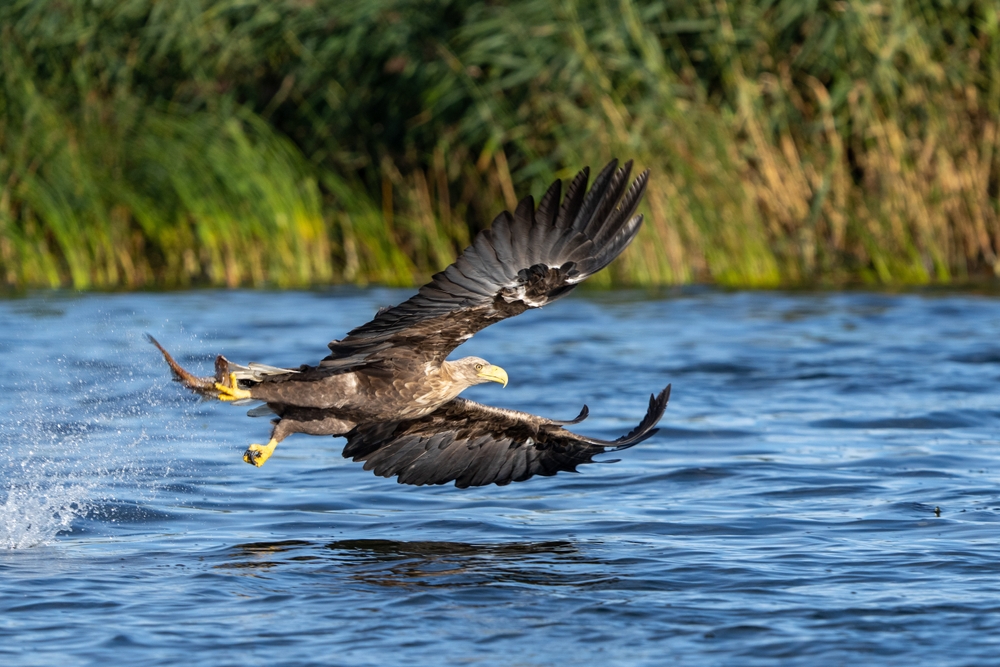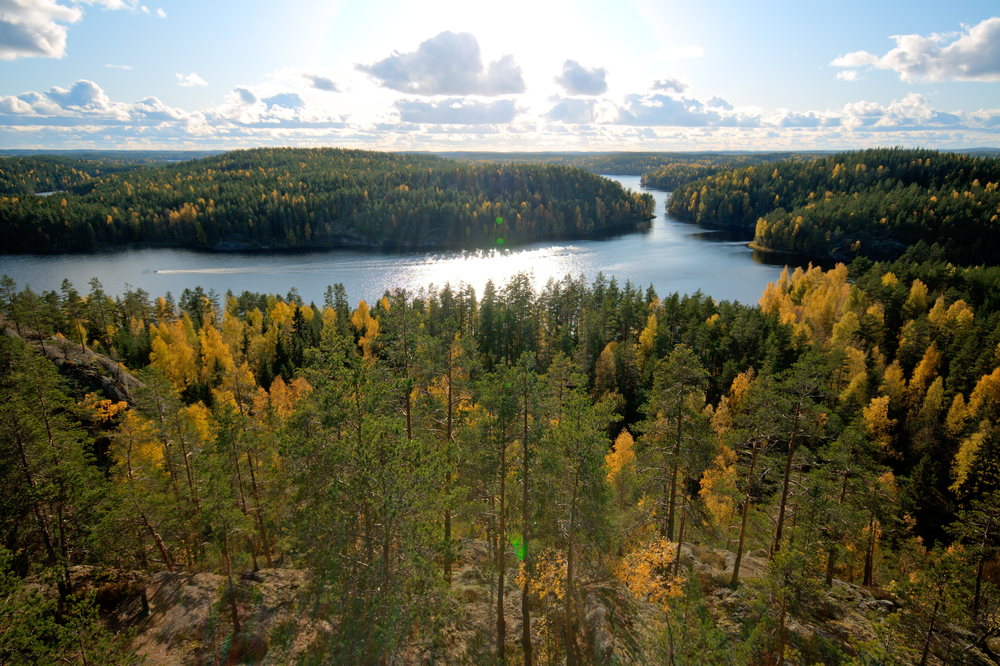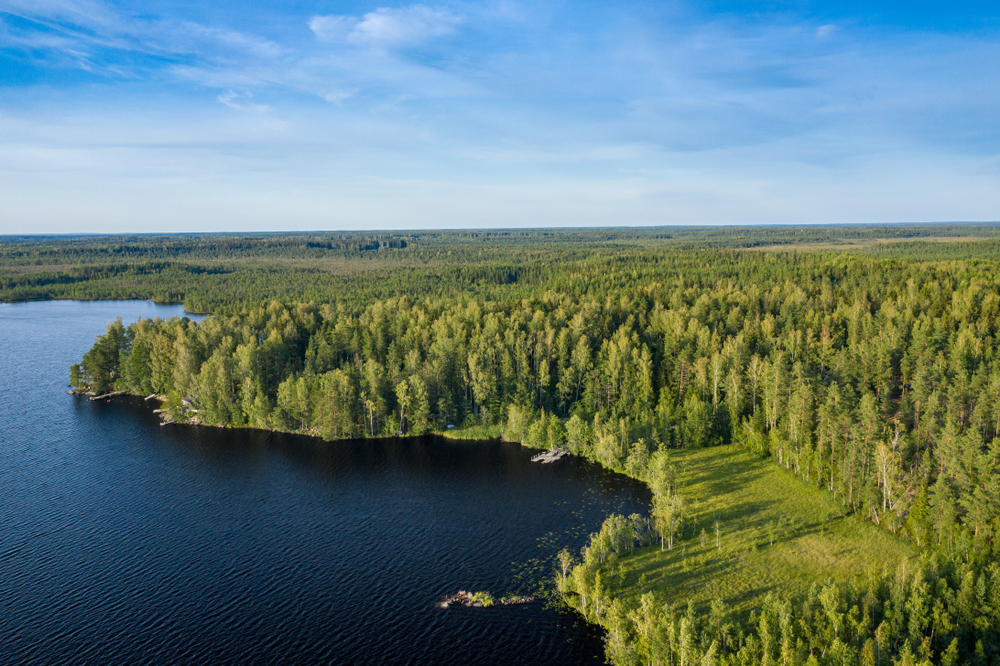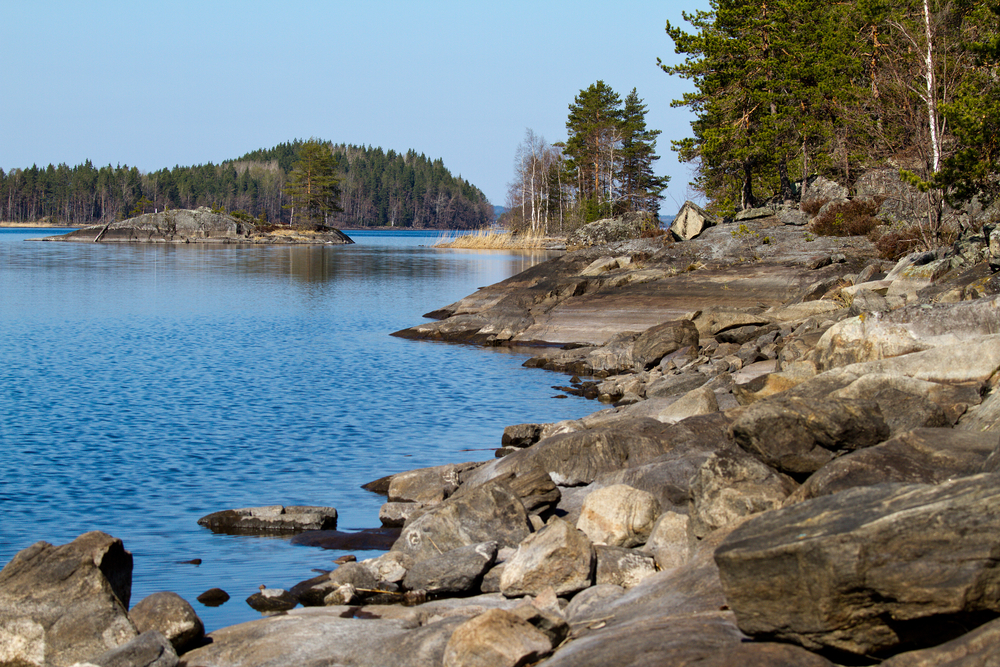Päijänne Overview
Päijänne National Park, known as Päijänteen kansallispuisto in Finnish, is a striking natural reserve located in southern Finland. The park spans 19 square miles (50 square kilometers) and is situated within Lake Päijänne, the second-largest lake in Finland.
This national park, established in 1993, consists of a series of islands and islets scattered across the lake, offering visitors a glimpse into Finland’s pristine lakeland landscapes. The park lies within the municipalities of Padasjoki, Sysmä, and Asikkala, making it easily accessible from major cities such as Lahti and Helsinki.
Päijänne National Park is a paradise of rugged, forested islands, rocky shores, and crystal-clear waters. The terrain is shaped by ancient glacial activity, creating a distinctive topography of steep cliffs, sandy eskers, and rolling hills covered in dense boreal forests. The most famous geological feature is Kelvenne Island, a long and narrow esker island formed by retreating glaciers thousands of years ago.
Kelvenne’s sandy beaches and unique ridge formations make it one of the park’s most visited spots. The park also contains numerous sheltered bays, providing excellent conditions for canoeing and kayaking. The islands are covered primarily in pine and spruce forests, with some deciduous trees such as birch growing along the shorelines. The undergrowth consists of mosses, blueberries, lingonberries, and various wildflowers that thrive in Finland’s cool, moist climate.
The park is home to a variety of wildlife, making it a fantastic destination for nature enthusiasts. Among the most notable mammals found in the park are elk (moose), white-tailed deer, and the elusive European lynx. Smaller mammals such as red foxes, pine martens, and hares are also commonly spotted.
Birdwatchers will find the park particularly rewarding, as its diverse habitats support species such as the black-throated loon, osprey, and white-tailed eagle, which can often be seen soaring above the lake in search of fish. The park’s wetlands and shorelines also attract numerous waterfowl, including goldeneyes and whooper swans, Finland’s national bird.
One of the most popular attractions in Päijänne National Park is Pulkkilanharju, a scenic esker ridge that offers breathtaking views over Lake Päijänne. The southern part of the park, including Kelvenne Island and other smaller islands, is known for its sandy beaches, making it an ideal location for summer activities such as swimming and camping.
The park has designated campfire sites and lean-to shelters for visitors who wish to experience the Finnish tradition of “everyman’s right,” which allows people to enjoy nature responsibly and camp in public areas. Boating and canoeing are among the most favored activities in the park, as the labyrinth of islands provides an excellent setting for water exploration. Fishing is also popular, with species such as pike, perch, and zander thriving in the lake’s waters.
Conservation efforts in Päijänne National Park focus on protecting its delicate island ecosystems, maintaining water quality, and preserving the natural habitats of key species. The park’s management aims to balance recreational use with conservation, ensuring that human activities do not negatively impact the fragile esker formations or disturb sensitive wildlife.
Sustainable tourism practices, such as regulated camping zones and waste management policies, have been successfully implemented to keep the park pristine. Additionally, Lake Päijänne is a crucial freshwater resource, supplying drinking water to over one million people in southern Finland. Efforts to maintain water purity through pollution control and ecological monitoring have been a significant success in preserving both the lake and the park’s natural beauty.


















































































